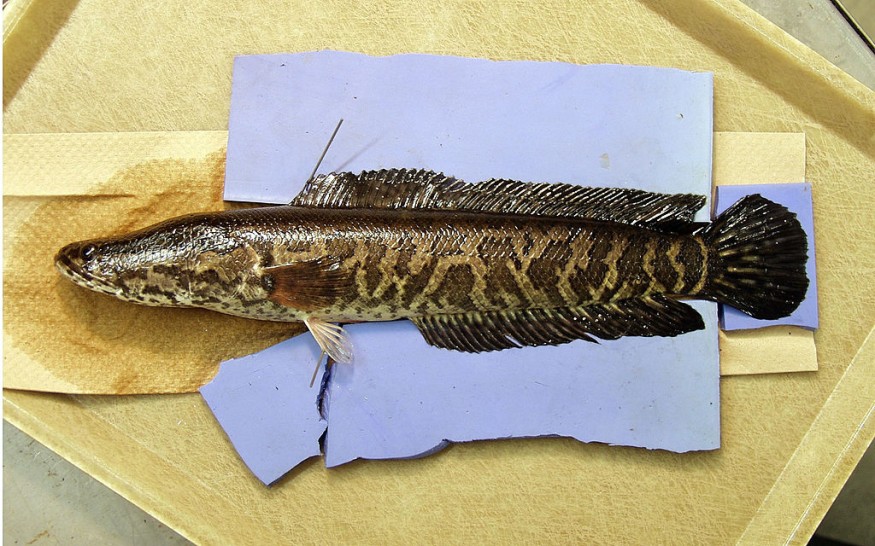
According to reports, Missouri has recorded the capture of a second snakehead. Authorities say that the invasive species is a huge predator fish that can walk on land and breathe air. It would probably consume other game fish because of its sharp teeth.
Invasive Fish Northern Snakehead in Missouri
In the Duck Creek region of Wayne County, Missouri, fishermen have caught a second northern snakehead, a fish that was formerly native to China, southern Siberia, and North Korea. The first was discovered in a ditch in Dunklin County, Missouri Bootheel, in 2019.
The predator fish was roughly a year old, according to Angela Sokolowski, the Missouri Department of Conservation Invasive Species Coordinator.
According to Sokolowski, they are a highly aggressive non-native invasive species. They have the potential to change the food web and those aquatic environments since they are extremely reproductive and do not belong in Missouri's native ecosystems.
Large Predator Fish
The game fish in Missouri are this predator fish's preferred food. It has also been observed that snakeheads consume tiny birds.
Snakeheads are huge fish and are well-known to be aggressive predators, according to Sokolowski. They consume a large amount of food, which means they compete with and consume a large amount of native fish in Missouri.
One state with a significant number of these fish is Maryland. They initially showed up in 2002, and now they are well-established in the waterways of Maryland. Northern snakeheads have been taken in Maryland that have been as long as 3 feet and as heavy as 20 pounds, according to Joseph Love, the Maryland Department of Natural Resources Fisheries and Programs Manager.
Fish That Can Walk Breathe Air
Northern snakeheads have an anatomy that sets them apart from other fish and endows them with superior skills.
The species have a suprabranchial organ, or primitive lung, for breathing, which allows the species to breathe air and stay out of water for up to four days, providing they maintain moisture, according to the Smithsonian Environmental Research Center.
Northern snakeheads can "walk" on land, however, Sokolowski described it as more like a slither. When searching for new areas, they often go over land; unless necessary, they avoid doing so.
Potential Food Source
Snakeheads are prolific breeders. Female snakeheads may deposit up to 15,000 eggs one to five times each year and are sexually mature at two years old, according to the Chesapeake Bay Program.
The mouth of a freshwater stream meets the ocean tides in the Chesapeake Bay, which is the country's biggest estuary. It is doubtful that these fish will be eliminated because northern snakeheads are already establishing themselves there.
The snakehead should make fishermen happy even if it is an environmental dread. According to one theory, this fish was imported to the nation as a source of fresh food.
Snakehead meat may be cooked in a variety of ways and is tasty, claims Reel Game. The texture of the snakehead is hard and flaky. In terms of flavor, snakehead seldom has any fishy overtones.
Also Read : Invasive Swamp Rat Nutria Sightings Reported in Sacramento County, Officials Warn Million-Dollar Damages
Controlling the population
The Department of Conservation is beginning to look into measures to keep the environment safe after the snakehead was discovered in Missouri.
It is unclear how many northern snakeheads there are in Missouri.
The MDC requests a few things from anglers who catch northern snakeheads. Before killing it, confirm that it is a northern snakehead, and avoid dumping it back into the water. It's crucial to report it, Springfield Daily Citizen reports.
© 2025 NatureWorldNews.com All rights reserved. Do not reproduce without permission.





